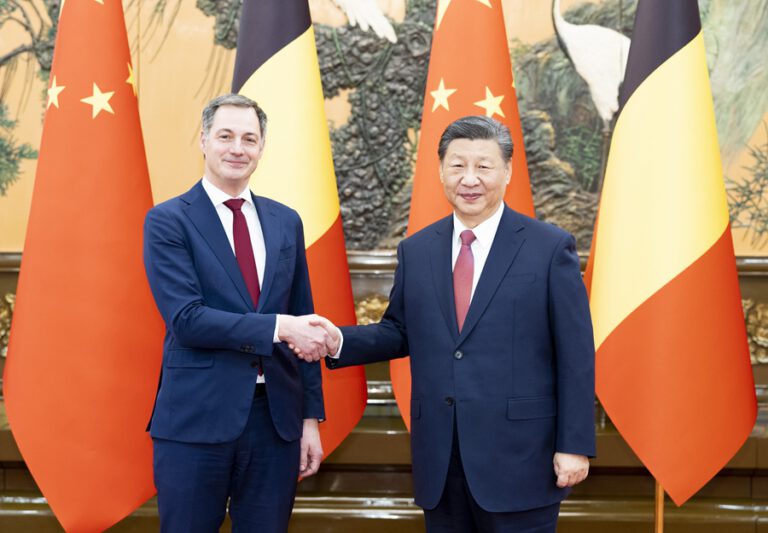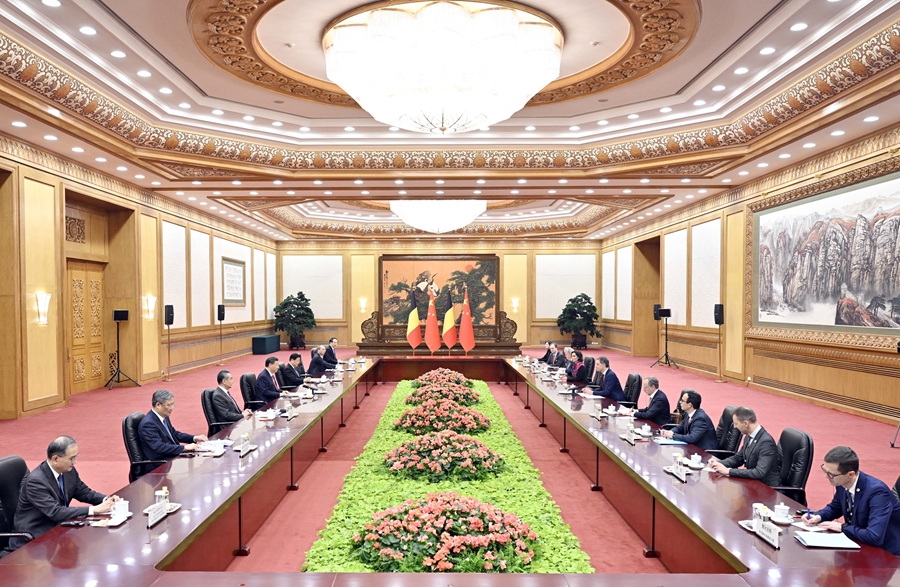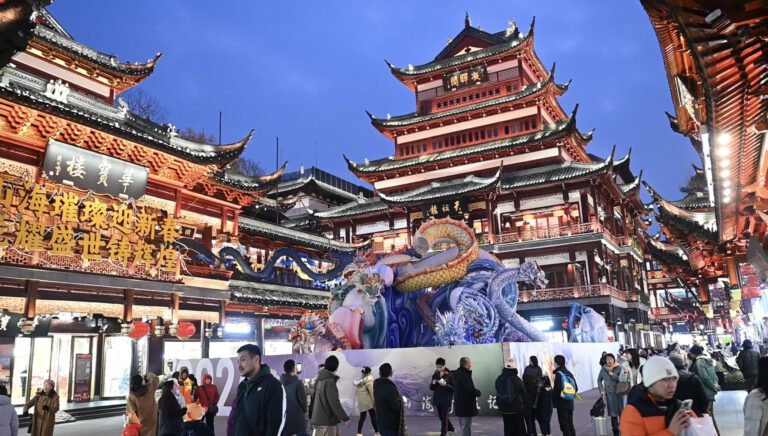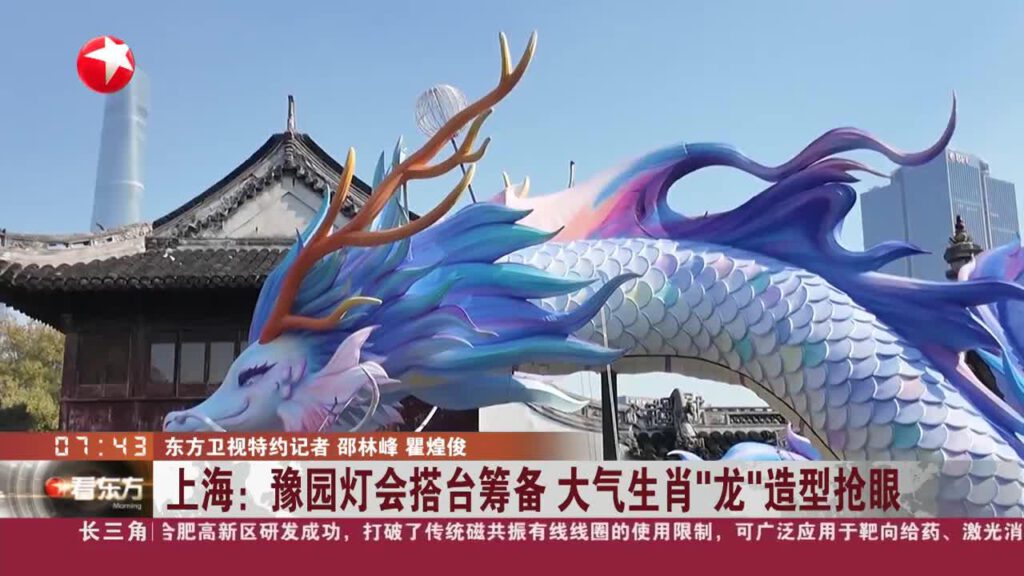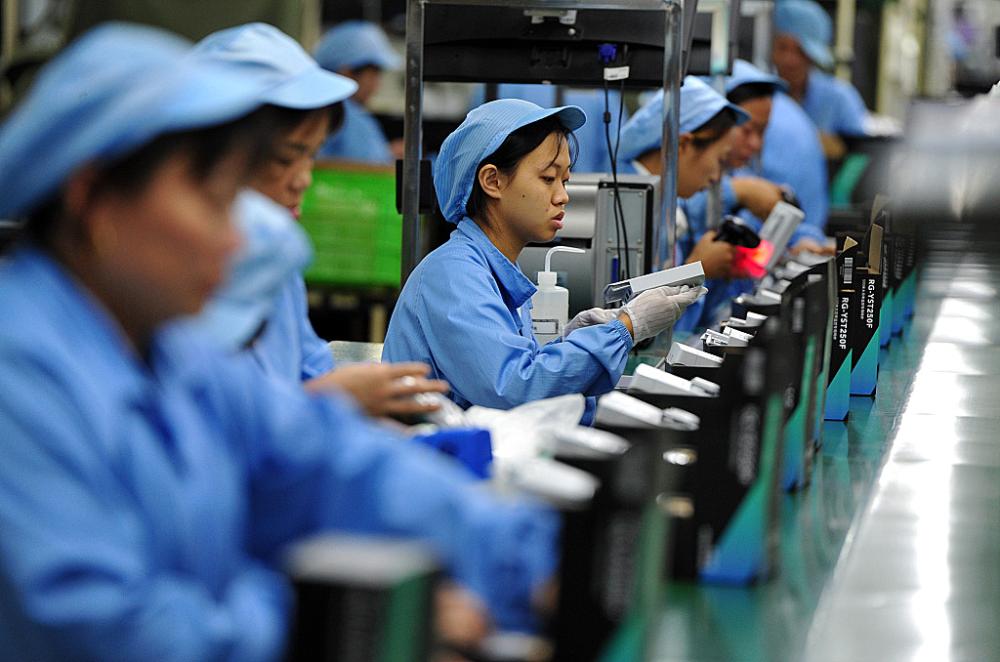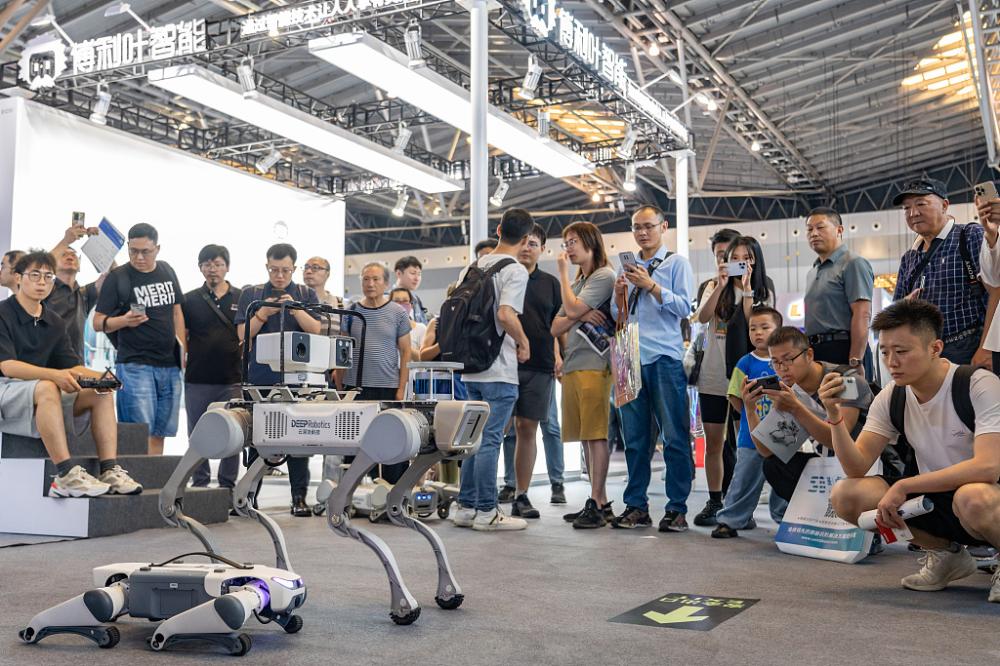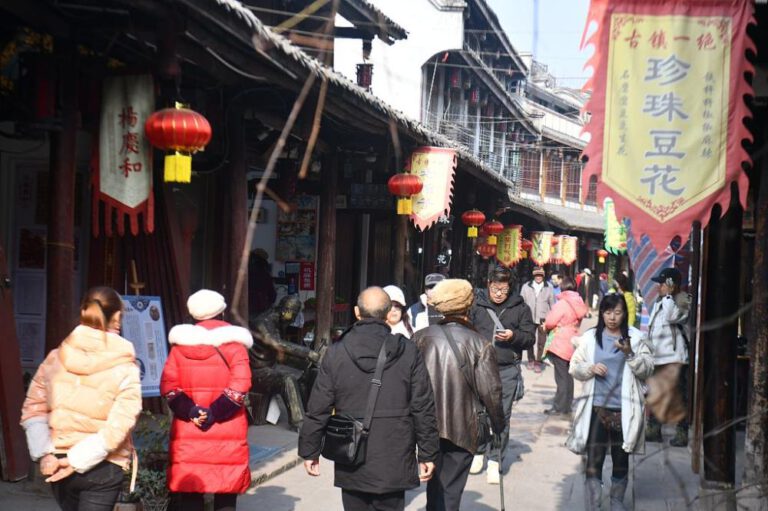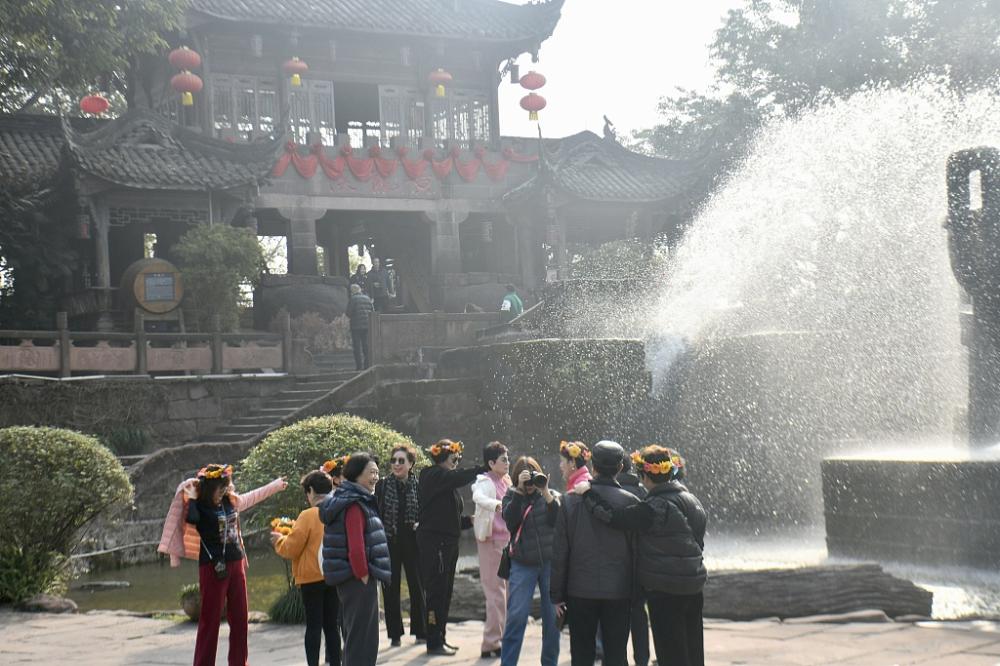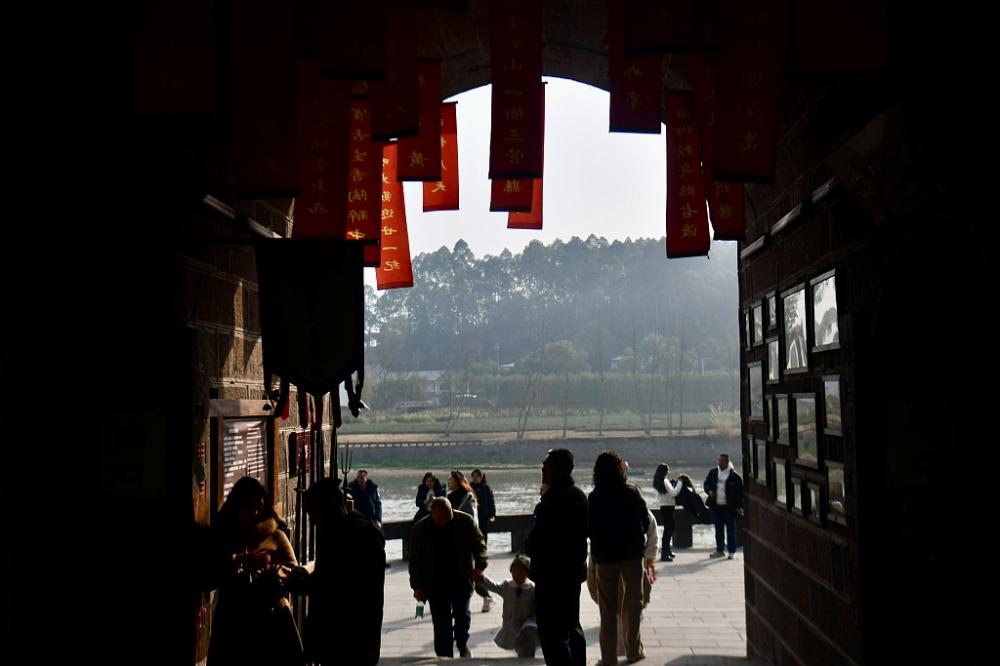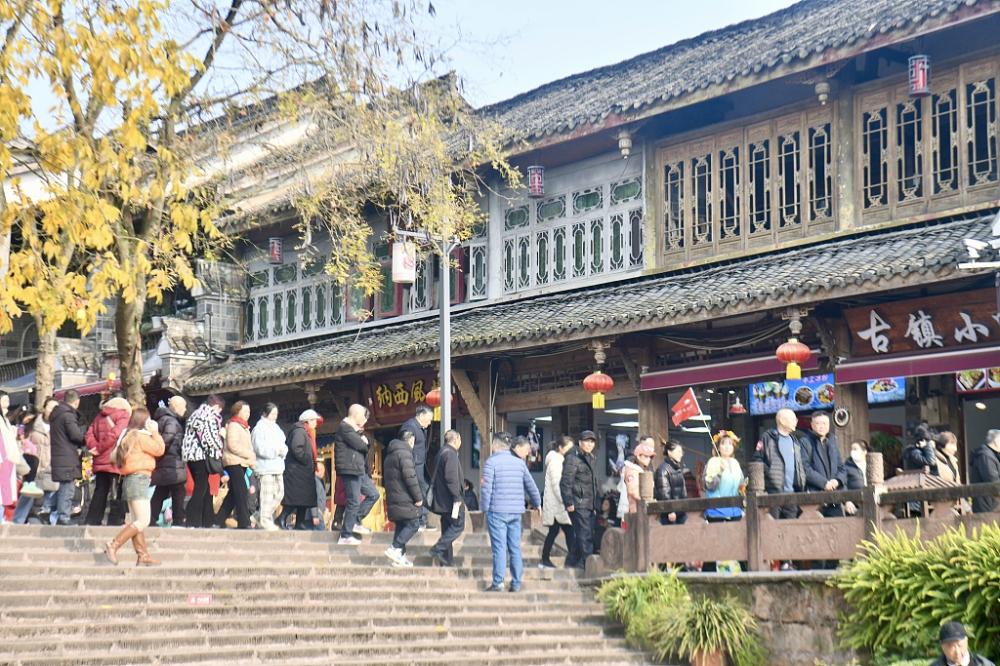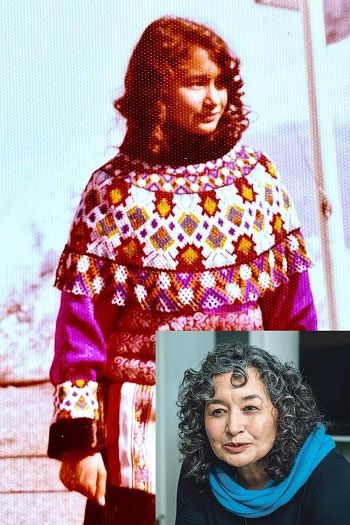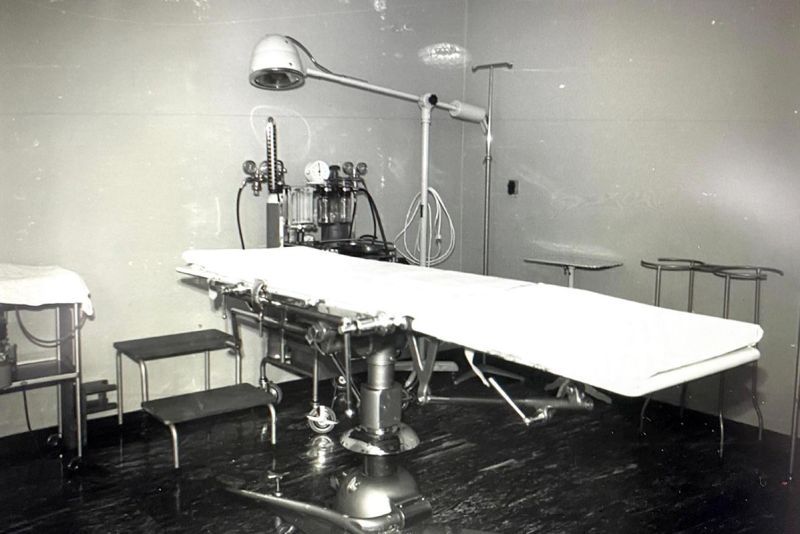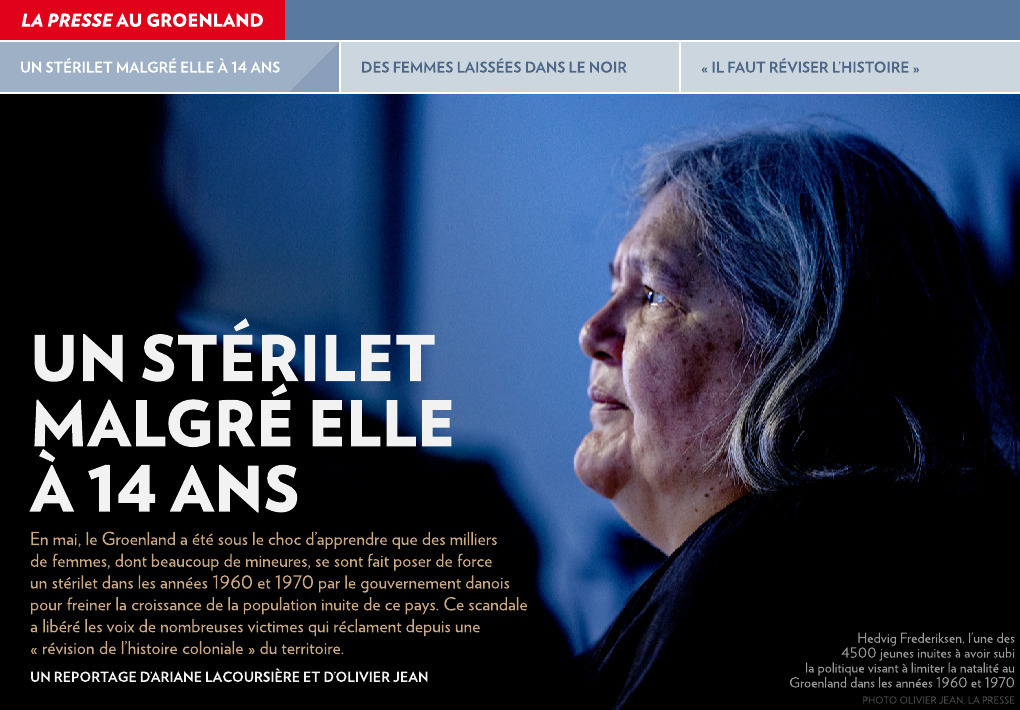Im Jahr 2023 hat der chinesische Autohersteller FAW Hong Qi im Ausland gute Erfolge erzielt: Es wurden 12.800 Autos exportiert, was einer Steigerung von 151 Prozent gegenüber dem Vorjahr entspricht. Vor allem in Norwegen, Schweden, Dänemark, den Niederlanden, Island und anderen europäischen Märkten konnte das Unternehmen einen guten Ruf erlangen und den internationalen Einfluss chinesischer Automarken zeigen.
Im September 2021 wurde der intelligente elektrische SUV E-HS9 von Hong Qi zum ersten Mal nach Norwegen exportiert. 2022 wurden in einem halben Jahr über 1.000 E-HS9 ausgeliefert, wodurch das Modell den dritten Platz auf dem norwegischen Markt für mittlere und große E-SUVs belegte.

Liang Guiyou, stellvertretender Generaldirektor der China FAW Group Corporation, erklärt: „Am Anfang haben wir eine Gruppe skandinavischer Kunden oder Händler eingeladen, sich unsere Autos anzuschauen. Sie waren sehr überrascht, als sie unsere Autos sahen und erfuhren, dass Chinesen so gute Autos bauen können. Nachdem sie unsere Hongqi-Autos gefahren waren, waren sie der Meinung, dass sie ihre Vorstellungskraft überstiegen. Einige von ihnen erzählten mir, dass sie auf der Straße angehalten und gefragt worden seien, um welche Automarke es sich handele und Menschen darum baten, ein Foto mit dem Auto zu machen, um ihre Liebe für Hong Qi auszudrücken.“
Im Mai 1958 entstand die erste inländische Limousine „Dongfeng Jinlong“ von FAW. Drei Monate später wurde die erste Premium-Limousine „Hong Qi“ erfolgreich hergestellt, die zum Meilenstein für Chinas unabhängige Limousinenherstellung wurde. Heutzutage hat die Produktionsstätte von FAW Hongqi eine hochautomatisierte und intelligente Produktion erreicht.

2018 führte FAW eine neue Strategie für die Marke Hong Qi ein und brachte eine Reihe von eleganten Modellen mit intelligenten Fahrsystemen auf den Markt. Hinter der Änderung des Designstils der Modelle steht die strategische Umwandlung von FAW Hong Qi von einem nationalen Auto zu einem Auto für normale Bürger.
Im Jahr 2019 überstieg der Absatz von Hong Qi 100.000, während der Absatz vor 2017 nur 4.000 bis 5.000 Autos pro Jahr betrug.

Der Motor ist das „Herz“ eines Autos und wichtige Kerntechnologien, einschließlich des Motors, sind das „Lebenselixier“ der Entwicklung der Automobilindustrie. Im November 2021 begann Liang Guiyou die F&E-Mitarbeiter zu führen, um sich selbst herauszufordern und eine neue Generation von V12-Motoren zu entwickeln.
Neben der kontinuierlichen Erforschung wichtiger Kerntechnologien, wie Motoren, leitete FAW Hongqi auch den Übergang von Benzin- und Diesel-Fahrzeugen zu mit neuen Energien betriebenen Fahrzeugen (NEV) ein. Am 8. Januar 2023 veröffentlichte FAW Hong Qi seine „All in“-Strategie für neue Energien und kündigte an, dass künftige Investitionen in technologische Innovationen sowie neue Produktionskapazitäten ausschließlich für NEV verwendet würden.

Liang Guiyou sagt: „Der Anteil der NEV wird zunehmen und bis 2025 40 Prozent erreichen oder wird er 2028 sogar 90 oder 100 Prozent erreichen? Wir bewegen uns auf ein solches Ziel zu.“
Gemäß der Entwicklungsstrategie für neue Energien will Hong Qi in den kommenden drei Jahren 15 intelligente NEV-Produkte auf den Markt bringen, die alle Marktsegmente abdecken und sich auf die technologische Ausrichtung der nächsten zehn Jahre konzentrieren, einschließlich autonomer Fahrzeuge, um unabhängige und kontrollierbare Kernfähigkeiten aufzubauen.

„Als ein 70 Jahre altes Unternehmen muss China FAW eine tiefgreifende technische Unterstützung bieten, bevor wir uns an unsere Kunden und den Markt herantrauen. Ich erinnere mich, dass wir im Jahr 2018 wahrscheinlich nur an ein Dutzend technische Schwierigkeiten überwunden haben, aber jetzt haben wir mehr als 100 pro Jahr. Wir haben jedes Jahr verschiedene Angriffsprojekte zu lösen. Nachdem wir diese gelöst haben, ist das Fundament stabil“, so Liang.
In der Vergangenheit war es die Wiege der neuen chinesischen Automobilindustrie, nach 70 Jahren hat sich FAW zu einem weltweit bekannten Automobilhersteller entwickelt. Die Popularität und das Ansehen von Hong Qi haben zugenommen und mit dem Aufstieg der chinesischen Automobilindustrie haben die Menschen mehr Erwartungen an die Marke.
(Quelle: CRI Deutsch, VCG, Dongchedi)




